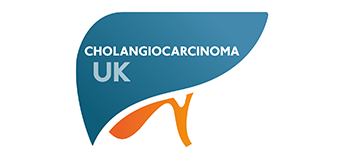AMMF’s Virtual 2021 European Cholangiocarcinoma Conference
Abstract No 13
Identification of patients with intrahepatic cholangiocarcinoma (iCCA) presenting as Cancer of Unknown Primary (CUP)
Georgina Carmen Morris1, Alicia-Marie Conway2,3, Alison Backen2,3, Sarah Smith2, Pedro Oliveira4, Claire Mitchell2, Richard A Hubner2,3, Angela Lamarca2,3, Mairéad G McNamara3,2, Prakash Manoharan5, Natalie Cook3,2, Juan W Valle3,2*
1School of Medical Sciences, University of Manchester, 2Department of Medical Oncology, The Christie NHS Foundation Trust, 3Division of Cancer Sciences, University of Manchester, 4Department of Pathology, The Christie NHS Foundation Trust, 5Department of Radiology, The Christie NHS Foundation Trust
*Corresponding author | Juan.Valle@nhs.net | Department of Medical Oncology, The Christie NHS Foundation Trust, Wilmslow Road, Withington, Manchester, UK
Background
Intrahepatic cholangiocarcinoma may be overlooked in patients presenting with CUP with presumed “metastatic” disease to the liver; the emergence of specific therapies (including targeted therapies) highlights the importance of identifying patients with iCCA.
Aims
To describe the frequency of potential iCCA diagnoses within unselected patients with CUP and after excluding patients with no disease in the liver.
Methods
A retrospective, single-centre study of sequential patients referred to a regional CUP multi-disciplinary team (MDT) was performed. The subgroup of patients presenting with malignant disease in the liver was identified; demographic data, histopathology, MDT history, treatment and survival data were collected. Baseline diagnostic imaging was reviewed independently by an oncologist and a radiologist; patients were categorised as definitely/possibly having an iCCA or not, with discussion where diagnosis was uncertain.
Results
Cohort 1 (n=150 patients identified between Jan-17 and Apr-19) underwent assessment by both an oncologist and radiologist; 83 patients were added with a further year follow-up (Cohort 2) with assessment by oncology only. Of 232 patients with CUP, 158 (68%) had no disease in the liver; while 74 (32%) had malignancy in the liver. Of these 74 patients, 26 (35%) were considered to have an iCCA (dominant liver lesion, capsular retraction); 48 (65%) did not have an iCCA. The 26 patients with iCCA were female-predominant (n=20; 77%); had a median age of 65 years (range 31-79); 72% had an ECOG performance status of ≤2; had been discussed on average at 1 MDT (range 1-5); and had received on average 1 line of prior therapy (12% received cisplatin-gemcitabine).
Conclusions
11% of all patients with CUP, and 35% of patients with disease in the liver, fit the criteria for iCCA. Intrahepatic cholangiocarcinoma should be a discrete entity among the CUP subgroups to ensure patients are correctly diagnosed, characterised (molecular profile) and treated.
To view the poster, click here
Back to previous page






